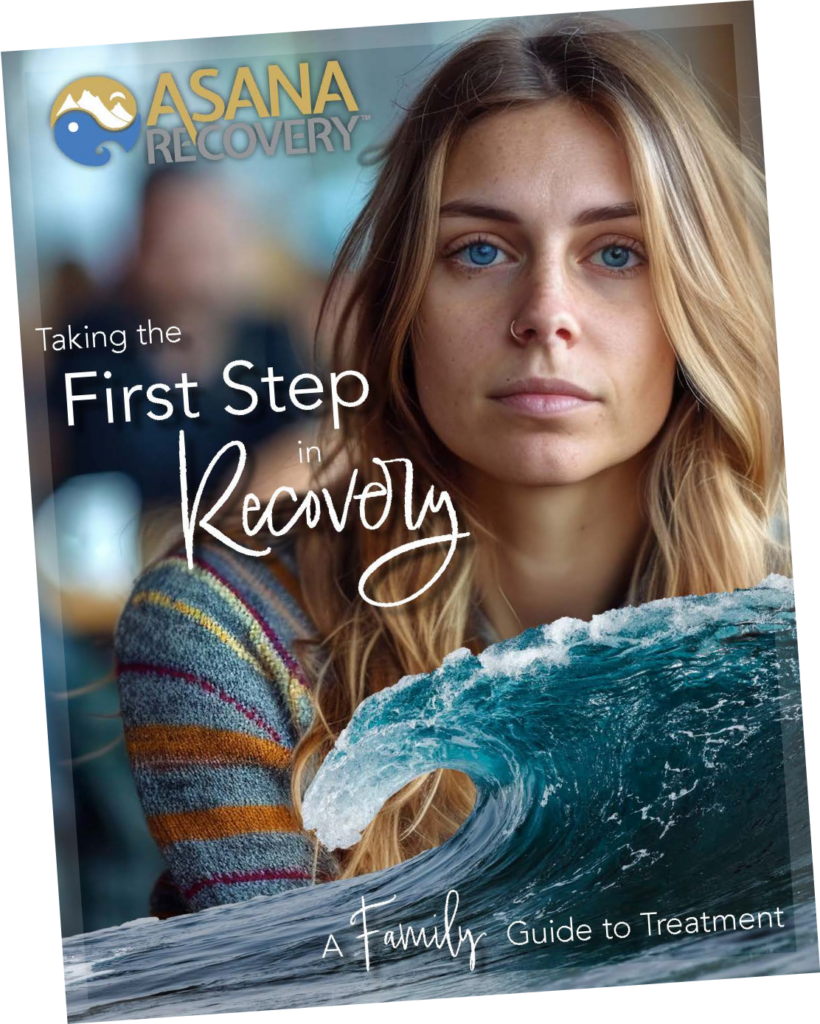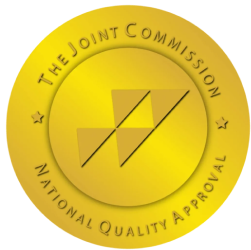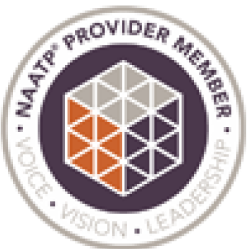Ketamine, widely known for its medical use as an anesthetic and its controversial misuse as a recreational drug, has a fascinating origin. Understanding how ketamine is synthesized sheds light on its chemical complexity and importance in both medicine and public health. This article explores the synthesis process of ketamine, its applications, and the ethical considerations surrounding its production.
Ketamine is a synthetic compound classified within the arylcyclohexylamine family. Its structure and synthesis were first developed in the 1960s to create a safer alternative to phencyclidine (PCP), which was prone to causing severe side effects.
The molecular formula of ketamine is C13H16ClNO. Its structure consists of a phenyl ring attached to a cyclohexanone backbone with an amine group, making it a versatile compound with distinct anesthetic properties.
Key precursors for ketamine synthesis include:
The synthesis of ketamine involves several chemical reactions that can vary depending on whether it is produced in a pharmaceutical-grade facility or an illicit laboratory. Below is an overview of the general process:
The precursor cyclohexanone is combined with methylamine in a controlled reaction to form an imine compound. This step introduces the amine group, a critical feature of ketamine’s structure.
In the next step, 2-chlorobenzonitrile is introduced to form a ketone intermediate. This reaction attaches the chlorophenyl group, creating the arylcyclohexanone core of ketamine.
The intermediate is reduced, often using a reagent like lithium aluminum hydride or a similar catalyst. This reduction produces racemic ketamine, which contains equal parts of two enantiomers (R- and S-ketamine).
Some pharmaceutical manufacturers separate the enantiomers to produce S-ketamine, the more active form used in certain medical treatments. This step requires advanced chromatography techniques.
In pharmaceutical settings, the final product undergoes rigorous quality control to ensure purity and safety before being packaged for medical use.

Ketamine has a wide range of legitimate medical applications, making it an invaluable tool in healthcare:
While ketamine has numerous medical benefits, it also poses significant risks when misused.
Ketamine is classified as a Schedule III controlled substance in the United States, reflecting its medical utility alongside the potential for abuse. Globally, regulatory frameworks vary, but the production and distribution of ketamine are closely monitored to prevent misuse.
Ketamine synthesis is a complex process that highlights the intersection of chemistry, medicine, and ethics. While its legitimate uses in anesthesia and mental health care underscore its importance, the risks associated with illicit production and recreational use cannot be ignored. Understanding how ketamine is synthesized not only demystifies its origins but also emphasizes the need for responsible manufacturing and use.
If ketamine misuse is affecting you or someone you care about, Asana Recovery is here to help. Our team offers evidence-based treatment for addiction and mental health challenges, providing the tools and support needed to achieve lasting recovery. Contact us today at (949) 763-3440 to learn more about our compassionate and professional care.

This book has helped so many men and women; and we want to give it you for FREE. Get signed up today and discover how to unlock the grip of addiction and get back to living your best life.
In this book, you’ll discover…
— The Most Common Misconceptions About Addiction and Rehab
— Why Rock Bottom is a Myth and What You Can Do About It
–The Steps to Healing From Trauma, Both Mentally and Emotionally
–And much more!

Asana Recovery is licensed and certified by the State Department of Health Care Services.


© Copyright 2024 Asana Recovery™ | All Rights Reserved | Privacy Policy
Asana Recovery
We firmly believe that the internet should be available and accessible to anyone, and are committed to providing a website that is accessible to the widest possible audience, regardless of circumstance and ability.
To fulfill this, we aim to adhere as strictly as possible to the World Wide Web Consortium’s (W3C) Web Content Accessibility Guidelines 2.1 (WCAG 2.1) at the AA level. These guidelines explain how to make web content accessible to people with a wide array of disabilities. Complying with those guidelines helps us ensure that the website is accessible to all people: blind people, people with motor impairments, visual impairment, cognitive disabilities, and more.
This website utilizes various technologies that are meant to make it as accessible as possible at all times. We utilize an accessibility interface that allows persons with specific disabilities to adjust the website’s UI (user interface) and design it to their personal needs.
Additionally, the website utilizes an AI-based application that runs in the background and optimizes its accessibility level constantly. This application remediates the website’s HTML, adapts Its functionality and behavior for screen-readers used by the blind users, and for keyboard functions used by individuals with motor impairments.
If you’ve found a malfunction or have ideas for improvement, we’ll be happy to hear from you. You can reach out to the website’s operators by using the following email
Our website implements the ARIA attributes (Accessible Rich Internet Applications) technique, alongside various different behavioral changes, to ensure blind users visiting with screen-readers are able to read, comprehend, and enjoy the website’s functions. As soon as a user with a screen-reader enters your site, they immediately receive a prompt to enter the Screen-Reader Profile so they can browse and operate your site effectively. Here’s how our website covers some of the most important screen-reader requirements, alongside console screenshots of code examples:
Screen-reader optimization: we run a background process that learns the website’s components from top to bottom, to ensure ongoing compliance even when updating the website. In this process, we provide screen-readers with meaningful data using the ARIA set of attributes. For example, we provide accurate form labels; descriptions for actionable icons (social media icons, search icons, cart icons, etc.); validation guidance for form inputs; element roles such as buttons, menus, modal dialogues (popups), and others. Additionally, the background process scans all the website’s images and provides an accurate and meaningful image-object-recognition-based description as an ALT (alternate text) tag for images that are not described. It will also extract texts that are embedded within the image, using an OCR (optical character recognition) technology. To turn on screen-reader adjustments at any time, users need only to press the Alt+1 keyboard combination. Screen-reader users also get automatic announcements to turn the Screen-reader mode on as soon as they enter the website.
These adjustments are compatible with all popular screen readers, including JAWS and NVDA.
Keyboard navigation optimization: The background process also adjusts the website’s HTML, and adds various behaviors using JavaScript code to make the website operable by the keyboard. This includes the ability to navigate the website using the Tab and Shift+Tab keys, operate dropdowns with the arrow keys, close them with Esc, trigger buttons and links using the Enter key, navigate between radio and checkbox elements using the arrow keys, and fill them in with the Spacebar or Enter key.Additionally, keyboard users will find quick-navigation and content-skip menus, available at any time by clicking Alt+1, or as the first elements of the site while navigating with the keyboard. The background process also handles triggered popups by moving the keyboard focus towards them as soon as they appear, and not allow the focus drift outside it.
Users can also use shortcuts such as “M” (menus), “H” (headings), “F” (forms), “B” (buttons), and “G” (graphics) to jump to specific elements.
We aim to support the widest array of browsers and assistive technologies as possible, so our users can choose the best fitting tools for them, with as few limitations as possible. Therefore, we have worked very hard to be able to support all major systems that comprise over 95% of the user market share including Google Chrome, Mozilla Firefox, Apple Safari, Opera and Microsoft Edge, JAWS and NVDA (screen readers).
Despite our very best efforts to allow anybody to adjust the website to their needs. There may still be pages or sections that are not fully accessible, are in the process of becoming accessible, or are lacking an adequate technological solution to make them accessible. Still, we are continually improving our accessibility, adding, updating and improving its options and features, and developing and adopting new technologies. All this is meant to reach the optimal level of accessibility, following technological advancements. For any assistance, please reach out to